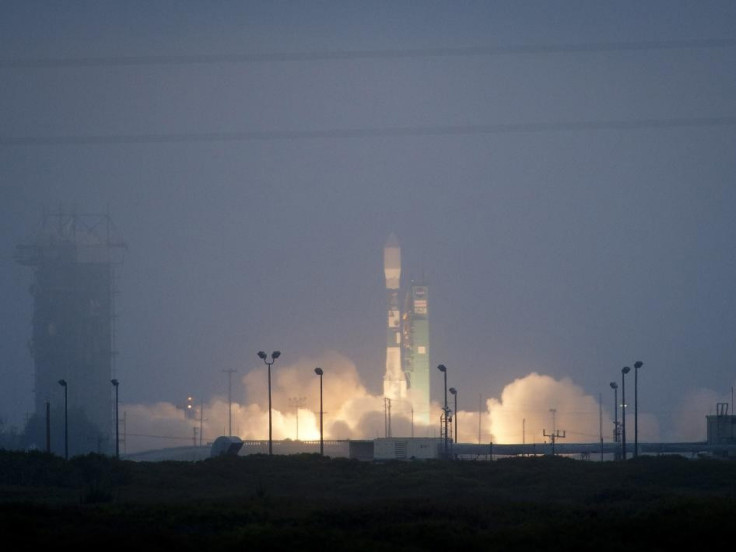NASA’s Begins Its Own ‘Age Of Aquarius’

NASA launched a satellite this week that features an instrument which will be able to measure the saltiness of Earth's oceans.
NASA is calling the launch the 'Age of Aquarius' since the instrument in question is the agency-built Aquarius. The mission will feature the first NASA built space observatory that will measure the salinity of the Earth's oceans. Variations in salinity influence deep ocean circulation, trace the path of freshwater around our planet and help drive Earth's climate.
The Aquarius instrument will map the global open ocean once every seven days for at least three years with a resolution of 93 miles. The maps will show how ocean surface salinity changes each month, season and year. The instrument will be able to do this by sensing thermal microwave emissions from the water's surface with three microwave instruments called radiometers.
Aquarius is a critical component of our Earth sciences work, and part of the next generation of space-based instruments that will take our knowledge of our home planet to new heights, NASA Deputy Administrator Lori Garver said in a statement. The innovative scientists and engineers who contributed to this mission are part of the talented team that will help America win the future and make a positive impact across the globe.
The Aquarius/SAC-D observatory was launched into space from Vandenberg Air Force Base in California atop a United Launch Alliance Delta II rocket. Following its launch, the observatory separated from the rocket's second stage. It then began activation procedures and started to communicated with ground controllers where it will begin observing from space.
The mission will help advance scientists understanding of the ocean and prediction of the global water cycle. Along with Aquarius', the observatory will carry seven instruments that will monitor natural hazards and collect a broad range of environmental data.
Working with NASA on this mission was Argentina's space agency, Comisión Nacional de Actividades Espaciales (CONAE). There were also contributing partners in Brazil, Canada, France and Italy.
This mission is the most outstanding project in the history of scientific and technological cooperation between Argentina and the United States, CONAE Executive and Technical Director Conrado Varotto said in a statement. Information from the mission will have significant benefits for humankind.
Follow Gabriel Perna on Twitter at @GabrielSPerna
© Copyright IBTimes 2024. All rights reserved.




















